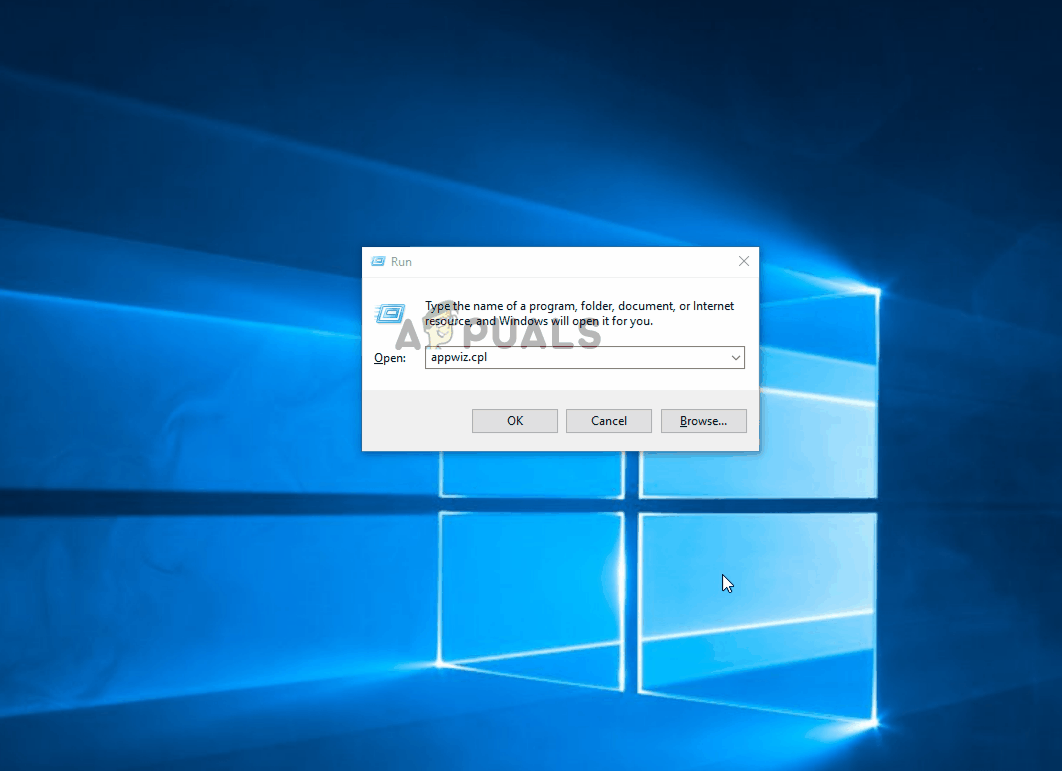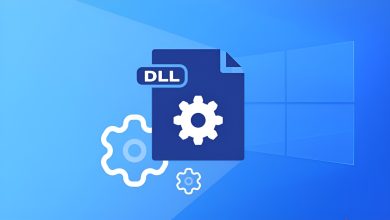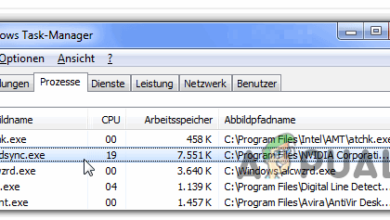What is ielowutil.exe and Should I Remove It?
Several Windows users have been reaching us with questions after noticing a weird process (ielowutil.exe) inside Task Manager that seems to run irregularly and is taking up a lot of system resources. Some users are even reporting that the executable seems to slow down the Internet connection while it’s running in the background. Most users that are dealing with this process are unsure whether it’s legitimate and are wondering if they’re actually dealing with a security threat. Keep in mind that this executable is not exclusive to a certain Windows version as it’s confirmed to appear on Windows 7, Windows 8.1 and Windows 10.

What is ielowutil.exe?
The genuine ielowutil.exe process is a broker process that handles operations that require processing at a Low integrity level. This happens because Internet Explorer and a suite of other native Windows applications need check feeds and web slices for updates (this is handled by ielowutil.exe).
Microsoft developers labeled this process as a medium integrity cookie. It’s much more common on Windows 8.1 and is typically called after the user opens Internet Explorer. Although it can be manually ended from Task Manager, chances are that an ulterior action will call it back into action again.
Keep in mind that there might be legitimate instances where the ielowutil.exe process will be called into action even when Internet Explorer is not running – This happens because the newest Internet Explorer versions are now an integrated part of Windows and can never be fully stopped from running.
Is ielowutil.exe safe?
As explained above, the genuine ielowutil.exe process is not a virus. Think of it as an extension to Internet Explorer that is meant to make browsing more secure with addresses that use 3rd party cookie sites.
However, this doesn’t mean that you shouldn’t take some precautionary steps to ensure that you’re not dealing with a security threat. Keep in mind that that the only malware products that are still dangerous for the current-gen OS versions are the ones with cloaking capabilities. These things infiltrate and manage to remain undetected because they disguise themselves as system executables to avoid getting picked up by security suites.
To make sure that you’re not dealing with a file such a this, we encourage you to perform a series of investigations that will allow you to determine if the executable in question is legitimate or not.
First things first, you should start by investigating the location of the ielowutil.exe file. To do this, press Ctrl + Shift + Esc to open up the Task Manager window.
Once you’re inside Task Manager, select the processes tab from the horizontal menu, then scroll down to the list of Background processes and locate ielowutil.exe. When you’re inside, right-click on the ielowutil.exe process and click on Open File Location from the newly appeared context menu.

If the revealed location is different than C:\Program Files (x86)\Internet Explorer\ and you didn’t reinstall Internet Explorer in a custom location, chances are you’re dealing with a malicious process.
In case the investigation above has revealed that the file is located in a custom location, the best course of action now is to upload the file on a virus database directory to finally confirm is the file is indeed infected or not. There are a couple of places that will allow you to do this, but if you want one that’s convenable and easy to use, use VirusTotal. All you need to do is access this link (here), upload the file and wait for the initial analysis to complete.
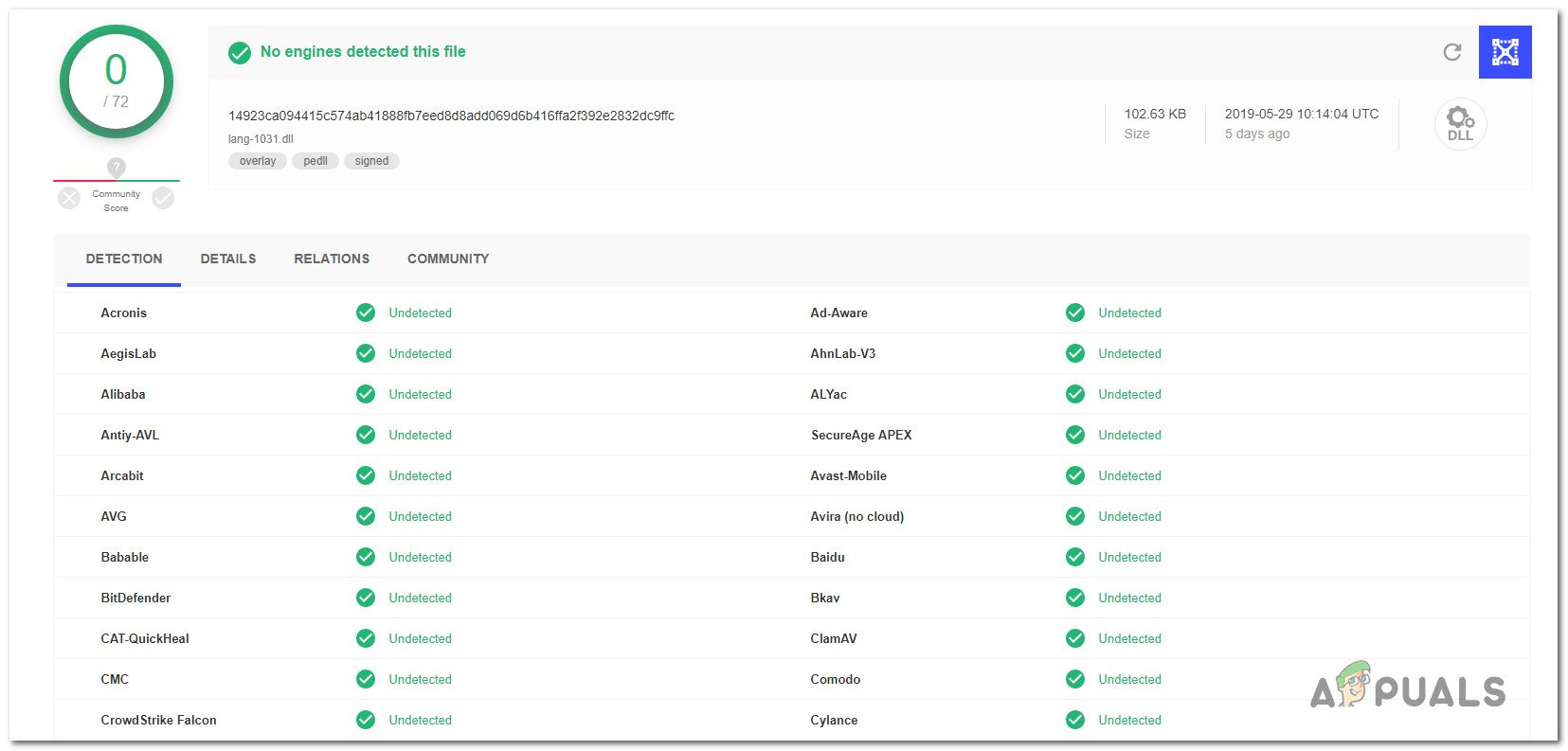
If this analysis didn’t reveal any inconsistency, skip the next section below and move directly to the ‘Should I Remove ielowutil.exe?’
However, if the analysis above did indeed rais some red flags, continue with the next section below and follow the instructions to deal with the virus infection.
Dealing with the security threat
If the steps you performed above have a suspicious file that is not located in the legitimate location, you should proceed with the instructions below to deploy a security scanner that’s capable of identifying every infected file and dealing with it.
Given the fact that it’s very likely that you’re dealing with a malware executable camouflaged as a system file, it’s likely that not all security suites will be able to locate and deal with the infection. You’ll need an efficient security scanner that is equipped with this kind of security threat. If you pay for a security scanner, you should run initiate a scan with it and see if the issue has been resolved.
But if you’re looking for a free alternative, we recommend Malwarebytes. A deep scan with this security scanner should allow you to remove the majority of malware threats that are avoiding detection by posing as system processes. This tool is entirely free and it’s very easy to install.
If you want to perform this security scan but you’re unsure of how to do this, follow this article (here) for step by step instructions on doing the entire process.
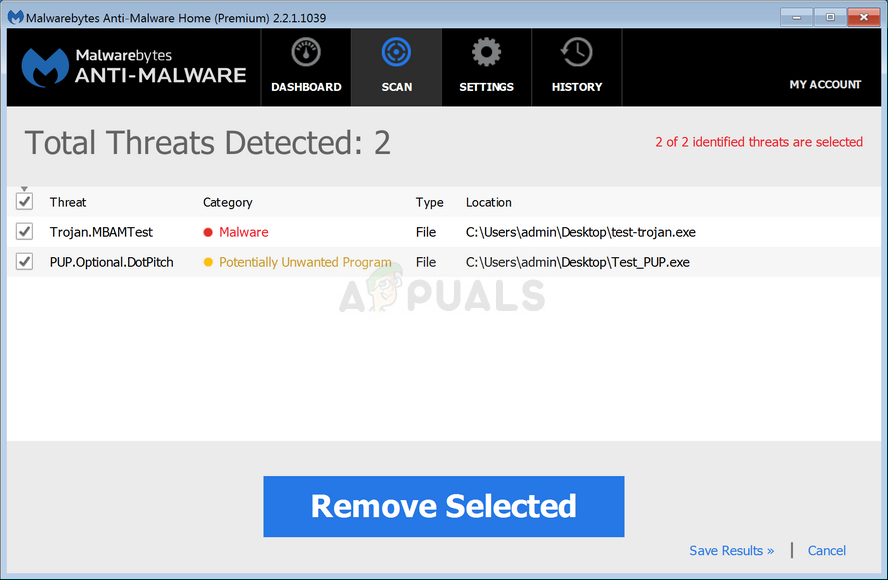
If the scan managed to identify and quarantine some infected items, restart your computer, then move out to the next section and see if the ielowutil.exe file is worth removing or not.
Should I Remove ielowutil.exe?
If the investigations you performed above didn’t reveal any security issues, you can safely conclude that the executable you’re dealing with is genuine. However, in case you notice that the process is still consuming a lot of system processes (check with Task Manager) you might need to do something else about it.
If the resource consumption is still high and you’re determined to stop this behavior from occurring, the only way to do it is to disable the parent application that is calling this process into action (Internet Explorer),
Although you can disable access to Internet Explorer to prevent this process from running, you cannot remove or uninstall it. This happens because unlike the other 3rd party browsers that you might be using (Chrome, Opera, Firefox, etc.), IE is an integrated part of your operating system.
If you’re prepared to go this route, move down to the next section below.
How to Remove ielowutil.exe?
If you performed all the verifications above and you’ve ensured that the file you’re seeing inside Task Manager is genuine and you still want to get rid of the ielowutil.exe file, you will need to effectively disable Internet Explorer on your computer or at least the Feeds and Web Slices feature.
Down below, you have a couple of potential fixes that affected users who have successfully used to reduce the usage of the ielowutil.exe process. Each of the potential fixes is conformed to be effective by at least one affected user.
To remain as efficient as possible, we encourage you to follow the instructions below in the same order that we arranged them in. Eventually, you should stumble upon a fix that will resolve the issue regardless of the culprit that’s causing the problem.
Let’s begin!
Method 1: Disabling the Feed and Web Slices function
As it turns out, you can limit the functionality of the ielowutil.exe considerably by disabling the Feed and Web slices functionality. Several Windows 10 and 8.1 users have reported that the high-resource consumption of this executable was reduced considerably after they accessed the Internet Options menu and effectively disabling all features included under Feed and Web Slices.
But keep in mind that going this route might hurt Internet Explorer’s ability to self-update and display notifications. If you’re not using the IE, then the steps below should not affect you in any way. However, if you’re actively using Internet Explorer for browsing purposes, I would advise against following the instructions below.
Here’s a quick guide on disabling the Feed and Web Slices functionality to limit the resource consumption of ielowutil.exe:
- Press Windows key + R to open up a Run dialog box. Then, inside the text box of the Run window, type “inetcpl.cpl” and press Enter to open up the Internet Options window.
Note: If you’re prompted by the UAC (User Account Control) pop-up, click Yes to grant administrative privileges. - Once you’re inside the Internet Properties screen, select the Content tab from the list of available options and click on the Settings button associated with the Feeds and Web Slices section.
- Inside the Feed and Web Slice Settings, start by disabling the checkbox associated with Automatically check feeds and Web Slices for updates.
- Next, move down to the Advanced section and uncheck the boxes associated with Automatically mark feed as read when reading a feed and Turn on feed reading view.
- Click Ok to close the Feed and Web Slice settings window, then click on Apply to save the changes.
- Restart your computer and see if the issue is resolved at the next system startup.

If you followed the instructions above and the same high-resource consumption is still occurring, move down to the next method below.
Method 2: Disable Internet Explorer
If the first method didn’t allow you to reduce the resource consumption of ielowutil.exe, Internet Explorer is likely using it for an activity that doesn’t necessarily involve browsing. Keep in mind that IE is integrated with a lot of system processes on Windows 8.1 and even more on Windows 10.
One way to ensure that ielowutil.exe is no longer called into action is to disable Internet Explorer altogether (via the Windows features screen). But keep in mind that depending on your day-to-day operations, this might end up affecting some functionalities of your system.
Keep in mind that IE can’t be installed conventionally since it’s a built-in application. But if you want to go forward with this, follow the instructions below to effectively disable the suite and prevent any associated processes like ielowutil.exe from running on your system. Here’s what you need to do:
- Press Windows key + R to open up a Run dialog box. Once you’re inside the Run box, type “appwiz.cpl” inside the text box and press Enter to open up the Programs and Features screen.
- Once you’re inside the Programs and Features menu, move to the right-hand side section and click on Turn Windows features on or off.
- After you manage to get inside the Windows Features menu, scroll down to Internet Explorer 11 and uncheck the box associated with it.
- When you see the Windows Feature window, click Yes to confirm the change.
- Restart your computer and see if the issue is resolved at the next system startup.
